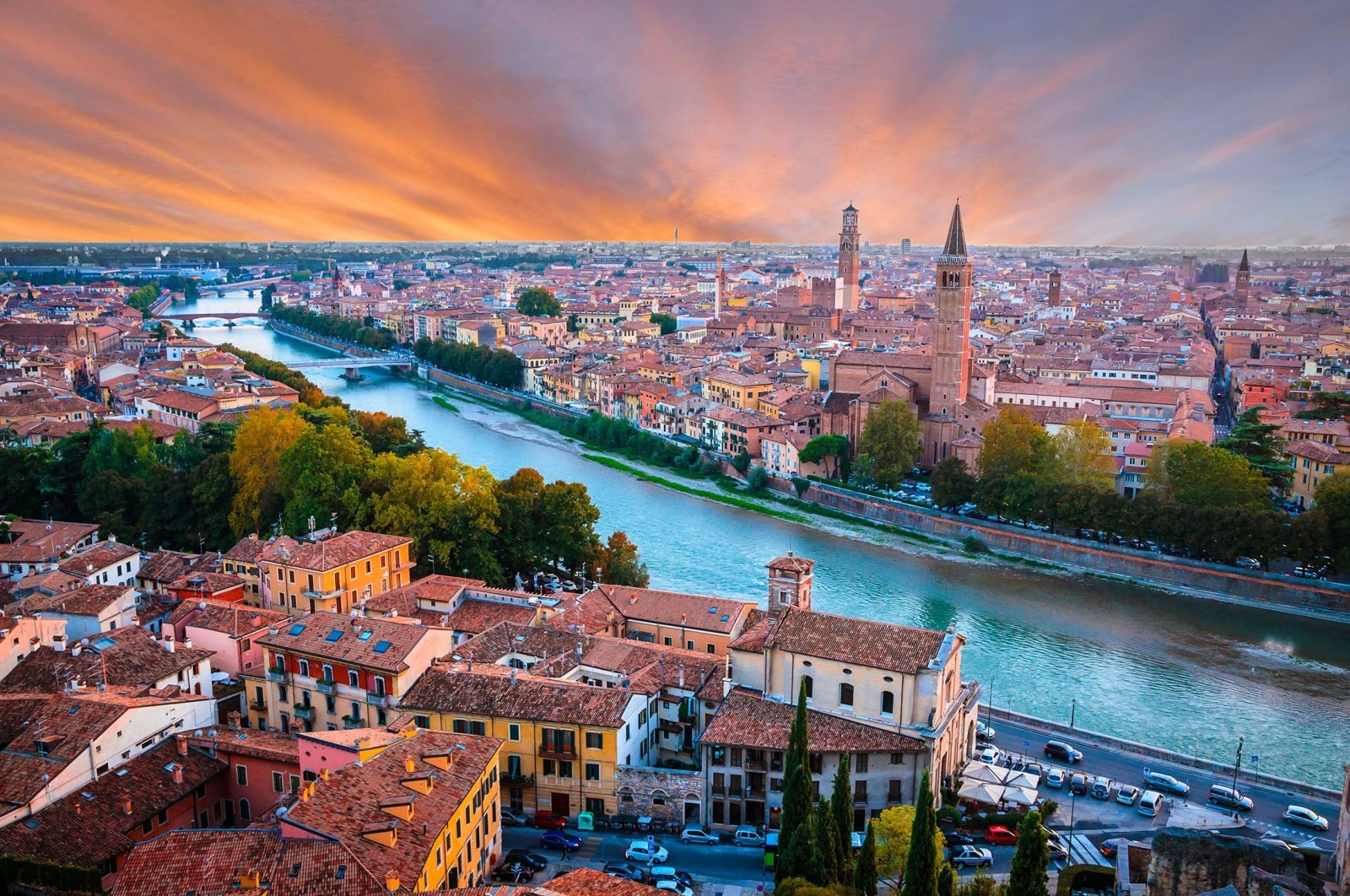
Verona - City Center
Juliet’s House
One of the city's most famous attractions, drawing inspiration from Shakespeare's legendary love story Romeo and Juliet. Although the play is fictional, this historic building has become associated with Juliet Capulet and serves as a romantic symbol for visitors worldwide.
The house dates back to the 13th century and was originally owned by the Cappello family, whose name bears a resemblance to the Capulets of Shakespeare's tale.
Its connection to Romeo and Juliet is more literary and touristic than historical, as there's no evidence Shakespeare visited Verona or based his story on real events tied to this site
The Arena
An ancient Roman amphitheater in the heart of Verona, Italy, is a stunning testament to the grandeur of Roman engineering and culture. Built in the 1st century AD, this remarkably well-preserved structure once hosted gladiatorial battles and public spectacles for up to 30,000 spectators. Today, it is celebrated as one of the world’s most iconic open-air opera venues, drawing thousands of visitors annually for performances under the stars. The Arena's elliptical shape ensures excellent acoustics, making it a favored destination for music and cultural enthusiasts. Situated in Piazza Bra, it serves as a historical and cultural hub, seamlessly blending Verona's Roman past with its vibrant present.
Catholic Churches
Verona is home to many beautiful churches, but four historic sites stand out as must-see destinations for visitors, regardless of their religious beliefs. These are the Basilica of San Zeno Maggiore, Sant’Anastasia, San Fermo, and the Cathedral Complex (Duomo). Each church showcases stunning architecture, rich history, and remarkable artistic treasures.
Basilica of San Zeno Maggiore: This Romanesque masterpiece is dedicated to Verona’s patron saint, San Zeno. Its striking bronze doors, intricate frescoes, and the serene cloister are highlights, along with Andrea Mantegna's famous altarpiece depicting the Madonna and Child.
Sant’Anastasia: The largest church in Verona, Sant’Anastasia is a Gothic marvel known for its dramatic vaulted ceilings, detailed frescoes, and the iconic hunchbacked holy water stoups (Pellegrini).
San Fermo: This dual-level church is unique, combining Romanesque architecture on its lower level and Gothic elements above. The wooden ceiling, carved with intricate detail, is particularly noteworthy.
The Cathedral Complex (Duomo): Verona’s Cathedral is part of a complex that includes the Baptistery of San Giovanni in Fonte and the Church of Sant’Elena. The Duomo boasts an exquisite mix of Romanesque and Gothic architecture, with stunning frescoes and the famous altarpiece by Titian.
Visitors should note that a modest entrance fee is charged for non-locals outside of worship hours, helping to preserve these historic and artistic treasures for future generations.





